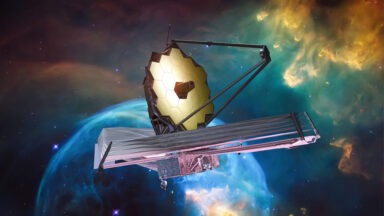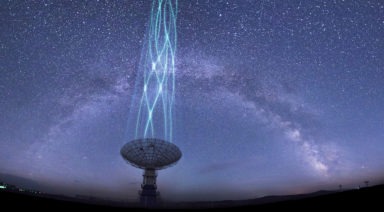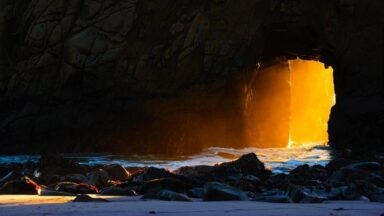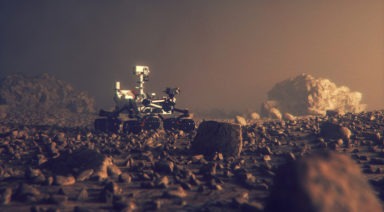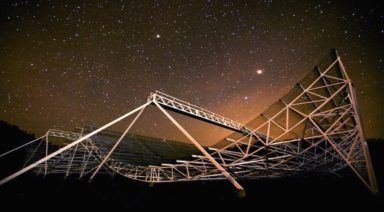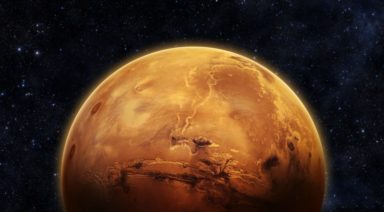Artificial Intelligence Finds Missing Ghost Ancestor of Humans

Our ancestry as a species is intricate and convoluted. We know that Denisovans, Neanderthals, and the other iterations of our hominin ancestors interbred and evolved over hundreds of thousands of years. But while anthropologists have done their best to map out this complicated lineage, we’ve now reached a point in our evolution that machines can map our genealogy better than we can. Such was the case when a machine learning algorithm applied to our DNA roadmap found a new ancestor we didn’t even know existed.
According to a study published in Nature Communications, scientists fed DNA data from fossilized bones and modern humans into an A.I. algorithm that computed thousands of timelines to map out the possible evolutionary pathways based on what we know – or what we think we know – about our ancestors migrations, diasporas, and interbreeding to tell us if we were missing anything.
It turns out we were…
The new study found that a missing, archaic “ghost” ancestor played a significant role in the development of the human species, helping to propel us from primitive hominins to the highly intelligent beings we are today.
This ancestor was likely a hybrid of Neanderthals and the Denisovans – the hominin ancestor discovered in 2010, that five percent of modern humans can still directly trace their genealogy through.
And though the study’s authors are referring to this hominin hybrid as a “ghost” population, they also believe there might be fossil evidence of it found in the bones of a 90,000-year-old specimen of a teenage girl discovered in Siberia’s Denisova cave – the location where the original Denisovan fossils were found.
The discovery of the Denisovans has presented itself as one of the most profound and baffling finds for archeologists within the past decade as their fossil remains showed they existed for millennia alongside our other ancestors. Not to mention they appear to have been massive in comparison to other hominin species.
And by massive, they mean that a Denisovan wisdom tooth found in the cave was originally mistaken for that of a bear’s. And though wisdom teeth can vary in size, the anthropologist studying the specimen, Bence Viola, told National Geographic, “large teeth with massive roots would probably require massive jaws.”
Who were these gigantic Denisovans whom we know so little about, and even more baffling, what did their hybrid progeny with Neanderthal’s look like? These paradigm-shifting discoveries only add to the fact that we still have so much more to learn about our species’ history.
For more on the strange discovery of the gigantic Denisovans check out this episode of Ancient Civilizations :
How Can We Imbue Artificial Intelligence With Compassion?

Can artificial intelligence be designed to be compassionate?
Given the ever-increasing pace of development in the world of artificial intelligence, many scientists and researchers are calling for more rigorous regulation to avoid potentially disastrous consequences. And the idea of building positive human values, such as compassion into AI design is quickly gaining momentum
Gregg Braden is a former senior computer systems designer, best-selling author, and leader in the fields of science and spirituality.
“The topic of compassion in artificial intelligence, while in many circles people have never heard of it, in the circles of science and technology it’s a hot topic,” Braden said. “In one way or another, this topic is going to touch each of our lives, and it’s going to happen faster than we have been led to believe. Humankind is at a crossroads right now, for the first time in the history of our species, where we have the technology to support the philosophy of the way we think about ourselves and our relationship to the world around us, to software, to robots, to artificial intelligence, (and) to machine intelligence.”
“The development of AI is moving at an exponential rate, it’s no longer linear, and it’s not regulated,” he said. “We’re talking about AI that is going to be running huge national and international systems of electricity, power, energy, water, food, and weapons systems that are the reality of our lives today. So, if we’re going to allow artificial intelligence to play a vital role in our lives, we want that intelligence to be more than intelligent — we want it to be smart, we want it to be intuitive, and we want it to be compassionate, as it makes the decisions that affect all of our lives.”






